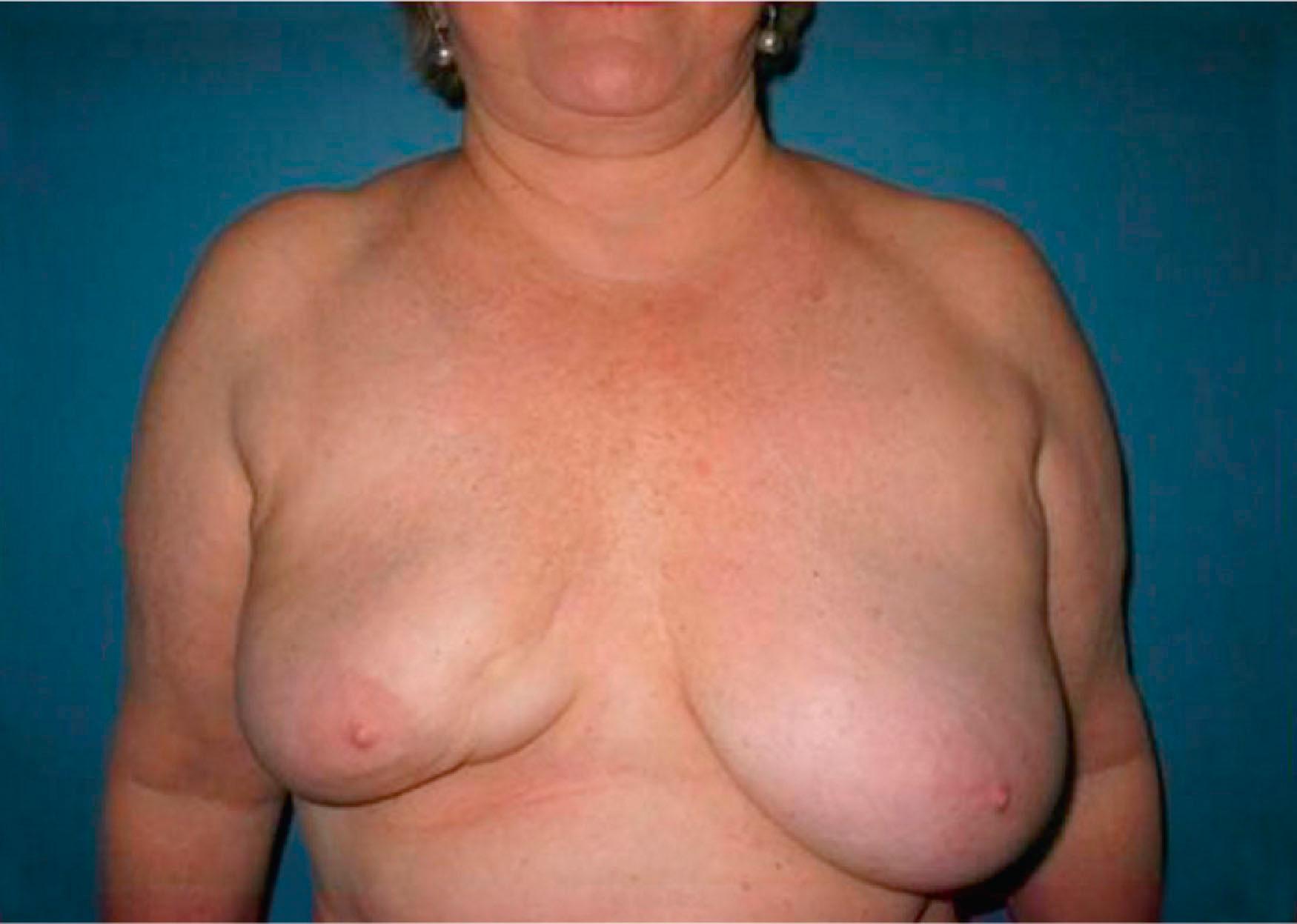Physical Address
304 North Cardinal St.
Dorchester Center, MA 02124
Breast-conserving therapy increases in popularity, driven by equivalent survival rates, preservation of body image, quality of life, and reduced physiologic morbidity.
Poor cosmetic results following breast-conserving therapy are not uncommon and are usually due to breast shape, tumor size, tumor location, and postoperative radiation.
Partial breast reconstruction is indicated whenever the potential for a poor cosmetic result exists, or for patients with tumors in whom a standard lumpectomy would lead to breast deformity or gross asymmetry.
Current breast-conserving therapy (BCT) is established as a safe and predictable alternative for most women with early breast cancer. The standard approach is to accomplish a satisfactory aesthetic result associated with negative surgical margins and minimal postoperative complications. 2,3 Women with breast cancer who have large or ptotic breasts are at increased risk for poor cosmetic results, and it is often difficult to perform total breast reconstruction on these patients. The emerging popularity of reconstructing the partial mastectomy defect has shown to be beneficial in this patient population. Although satisfactory outcome may be accomplished with different procedures, reduction mammaplasty frequently leads to improved aesthetic and functional results in patients with previous macromastia. In larger breasts, it is possible to perform a remodeling mammaplasty using individual techniques immediately following tumor excision. However, this approach usually requires surgery to the opposite breast to achieve an adequate symmetry.
Reduction mammaplasty and mastopexy techniques are ideal, given these patients' breast shape and the relatively large amount of breast tissue left behind after partial resection. This approach has grown in popularity over the last decade and has been proven to be a safe and reliable option for women with breast cancer.
Assuming the patient is a candidate for BCT, the main indication for using oncoplastic reduction techniques is to minimize the potential for a poor cosmetic result. In a subset of women, oncoplastic reduction may also broaden the indication for BCT to include women who were not previously candidates.
The oncoplastic goals are to:
Avoid the BCT deformity.
Broaden the indications for BCT and avoid mastectomy in certain patients.
Maintain shape, symmetry, and improve ptosis.
Reduce the possibility of compromised surgical margins.
Maximize resection to reduce the local recurrence.
Optimize and reduce complications after adjuvant radiotherapy.
Poor cosmetic results have been reported in up to 20% of women following BCT due to breast shape, tumor size, tumor location, and postoperative radiation ( Fig. 45.1 ). Historically, women with large breasts have been deemed poor candidates for breast-conserving surgery because of reduced effectiveness, increased complications, and worse cosmetic outcome. The post-radiation sequela in women with macromastia is significantly worse, leading to poor long-term symmetry. Additionally, radiation-induced fibrosis is thought to be greater in women with larger breasts, given the dosing inhomogeneity. Late-radiation fibrosis occurs 36% of the time in patients with larger breasts, compared with 3.6% with smaller breasts. Furthermore, higher doses of radiation therapy are often necessary in women with larger breasts contributing to morbidity and adversely affecting the appearance.

The cosmetic results following BCT in women with large breasts are often diminished. In an early report, Clarke et al . demonstrated excellent results in 100% of women with A-cup breasts following BCT, compared with 50% in women with D-cup breasts. Women with central or lower quadrant tumors have also been shown to have a worse cosmetic outcome because of tumor location , especially when a significant amount of skin is removed. Lower quadrant lumpectomies have been shown to reduce cosmesis by 50% when compared with other quadrants. In the past, central breast tumors close to the areola have been a contraindication to BCT; however, with current techniques, even these are often able to be reconstructed using oncoplastic techniques. The tumor-to-breast ratio is one of the most important factors when predicting the potential for a poor outcome. In general, when more than 20% of the breast is excised with partial mastectomy, the cosmetic result is likely to be unfavorable.
In addition to the aesthetic reasons, there have recently emerged oncologic benefits to choosing the oncoplastic approach. Larger tumors and patients who have received neoadjuvant chemotherapy are now considered reasonable candidates for BCT using the oncoplastic techniques. Another indication is when the surgeon is concerned about the potential for negative margins with standard resection. In patients who need a wider excision based on initial pathology or breast imaging studies, lumpectomies performed in combination with oncoplastic reduction have shown a benefit-to-margin control when compared with standard resection margins ( Table 45.1 ).
| Cosmetic reasons | Oncologic reasons |
|---|---|
|
|
Another important aspect is related to tumor size and volume resection following BCT and reduction mammaplasty techniques. Different clinical series have demonstrated that oncoplastic techniques present a significantly higher volume of tissue excised compared with isolated BCT. Kaur et al . compared standard BCT with oncoplastic BCT procedures and observed a higher mean volume of tissue excised following the application of reduction techniques. Similarly, Giacalone et al . demonstrated mean specimen volumes of 190 cm 3 for oncoplastic techniques and 99 cm 3 for standard BCT.
Become a Clinical Tree membership for Full access and enjoy Unlimited articles
If you are a member. Log in here